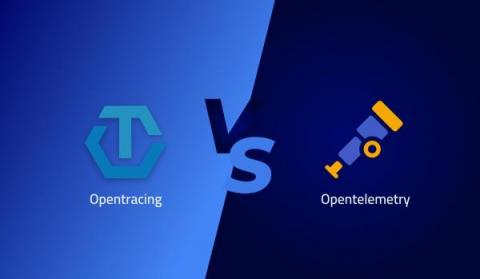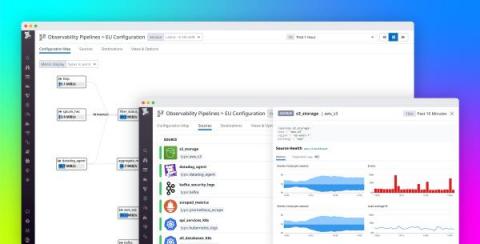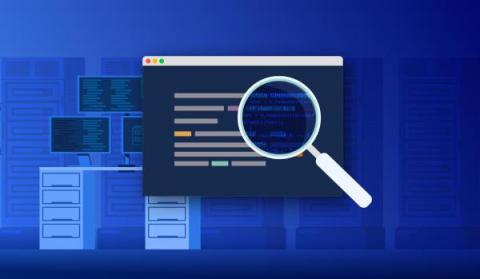Operations | Monitoring | ITSM | DevOps | Cloud
Observability
The latest News and Information on Observabilty for complex systems and related technologies.
Short and Exciting Journey of M1 Build Agent Configuration
Back in November 2020 Apple’s M1 chip was introduced and as the end users moved forward to M1 based Macs it became mandatory to build applications that are compatible with the new technology. The M1 chip has incredible improvements and features but I won’t cover them in this post.There are many resources on the internet covering this and I encourage you to explore them. In this post I will cover several challenges I tackled while setting up an M1 build.
OpenTracing vs. OpenTelemetry
Monitoring and observability have increased with software applications moving from monolithic to distributed microservice architectures. While observability and application monitoring share similar definitions, they also have some differences. The purpose of both monitoring and observability is to find issues in an application. However, monitoring aims to capture already known issues and display them on a dashboard to understand their root cause and the time they occurred.
Authors' Cut-Structured Events Are the Basis of Observability
At its core, observability is understanding the internal state of your systems based on the telemetry they output so you can effectively troubleshoot, debug, and tune performance. However, there’s a tendency to reduce observability to a collection of logs, metrics, and traces, which strips away much of the visibility you need to understand what’s going on.
Lumigo expands its serverless observability platform to support any modern cloud application
Going On Call for the First Time
I've never been on call before, and I'm not sure what to expect, or how I can best prepare for it. Will I need to upend my life just in case the pager goes off? And how should I best cope with getting paged? I've read Charity's piece on the opposite problem of wanting to stop being on call, but it didn't quite answer my question.
Market Trends And Predictions For 2022
Take control of your telemetry data with Datadog Observability Pipelines
Many organizations manage applications that are supported by a large number of services in multiple environments, ranging from the cloud to their own data centers across the globe. As these organizations scale and accelerate service adoption, the volume of telemetry data in their environments multiplies every year.
Introducing BindPlane OP
Understand Source Code - Deep into the Codebase, Locally and in Production
Say you have a new code base to study or picked up an open source project. You might be a seasoned developer for whom this is another project in a packed resume. Alternatively, you might be a junior engineer for whom this is the first “real” project. It doesn’t matter! With completely new source code repositories, we still know nothing… The seasoned senior might have a leg up in finding some things and recognizing patterns.











